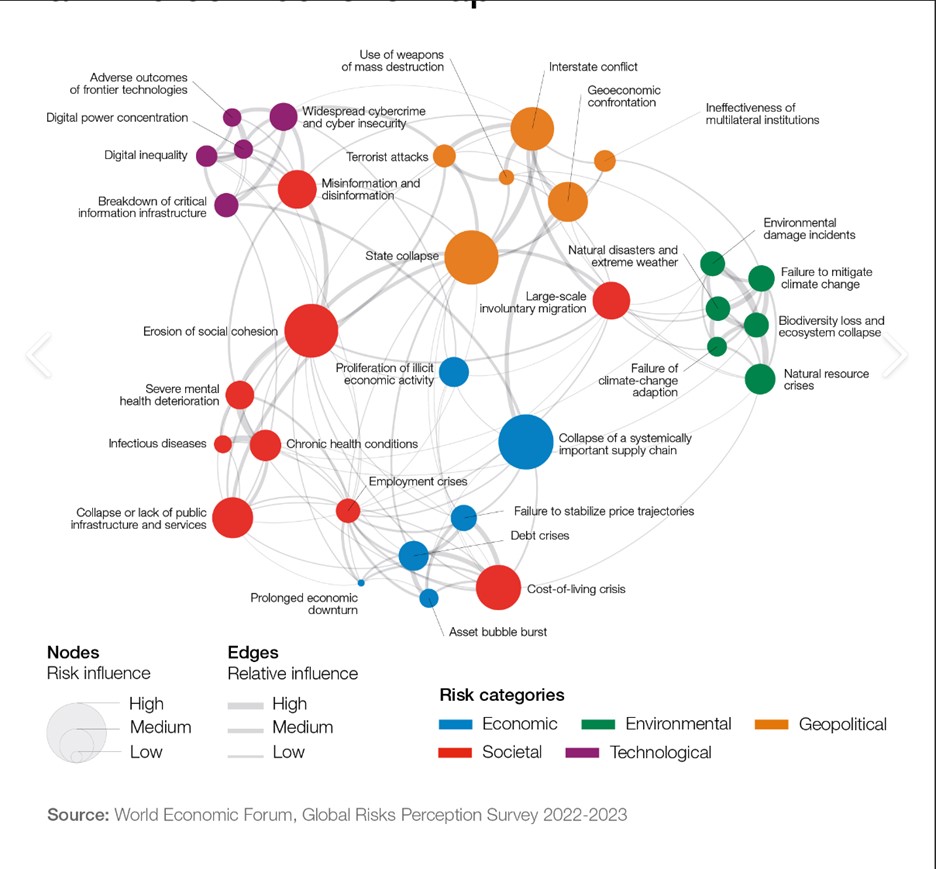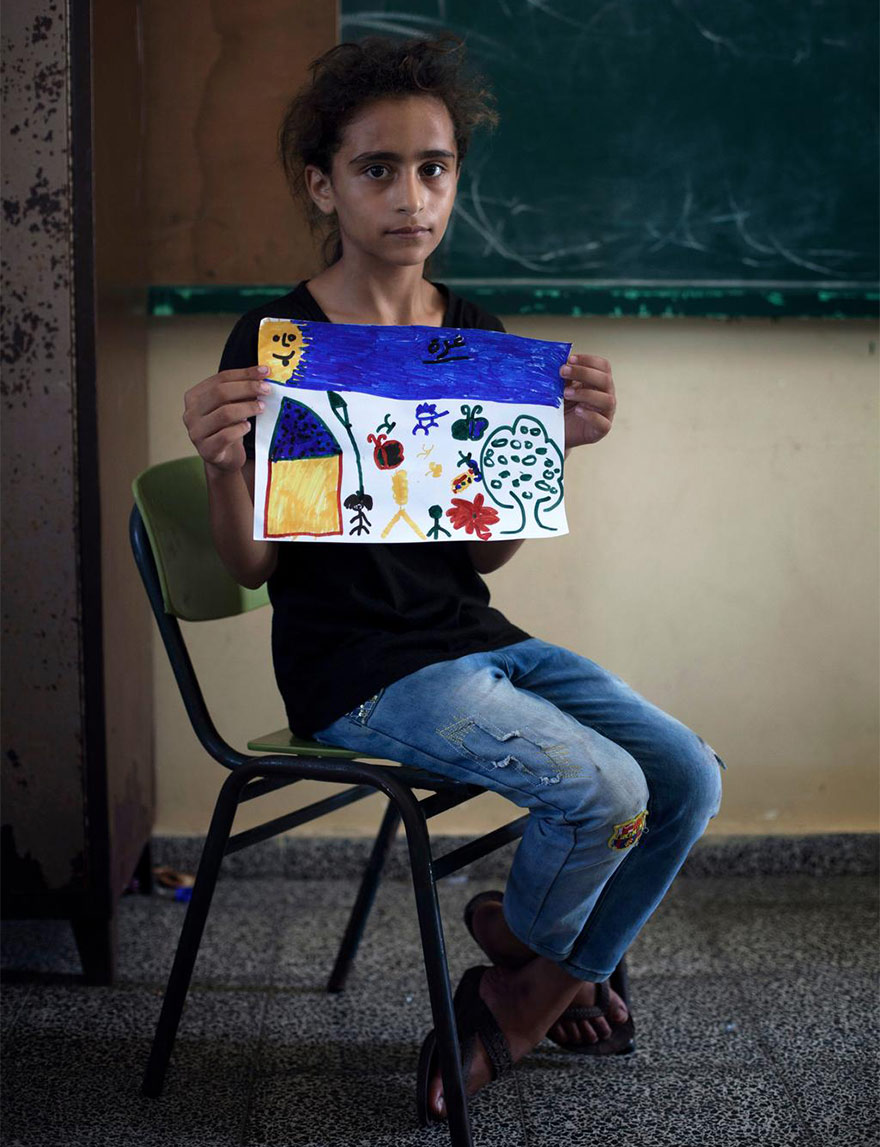1850-1950 Global Art: An Art Review And Analysis For 2025

Table of Contents
The Rise of Realism and its Offshoots (1850-1870)
Realism in France and its Impact
The mid-19th century saw the rise of Realism in France, a reaction against the idealized Romanticism that preceded it. Artists like Gustave Courbet, with his unflinching depictions of everyday life, and Jean-François Millet, with his poignant portrayals of peasant life, became central figures of this movement. 19th-century Realism focused on portraying the world as it was, without embellishment or idealization.
- Examples of Realist Masterpieces: Courbet's "The Stone Breakers" and Millet's "The Gleaners" are prime examples, showcasing the movement's focus on social commentary and the lives of ordinary people. These paintings challenged the established artistic norms and offered a stark depiction of social inequalities.
- Themes and Societal Context: Realism emerged from a time of rapid social and political change, reflecting the growing awareness of social issues like poverty and inequality. Realist paintings often served as social critiques, challenging the viewer to confront uncomfortable realities.
- Influence on Subsequent Movements: Realism's emphasis on accurate representation and observation laid the groundwork for later movements like Impressionism, which built upon its commitment to depicting the world as it appeared to the artist.
Realism's Global Variations
While Realism originated in France, its influence spread globally, manifesting in diverse forms depending on local contexts and cultural identities. "Global Realism" wasn't a monolithic style; instead, it adapted to different societal realities and artistic traditions.
- Realism in North America: Artists like Winslow Homer captured the realities of American life, particularly focusing on landscapes and the lives of ordinary people. His works often highlighted the beauty and harshness of the American landscape, reflecting the country's developing identity.
- Realism in Latin America: Latin American Realism reflected the political and social upheavals of the time, often engaging with themes of independence, social justice, and the complexities of colonial legacies. Artists focused on the local landscape and the lives of indigenous populations, bringing a distinctly regional perspective to Realism.
- Cross-cultural Realism: The spread of Realism highlighted the complex interplay between global artistic trends and local cultural traditions. The adaptation and reinterpretation of Realist principles across diverse cultural contexts created a fascinating array of artistic expressions.
The Impressionist Revolution and its Legacy (1870-1900)
Key Impressionist Figures and their Techniques
The Impressionist movement, born in France in the 1870s, revolutionized painting. Artists like Claude Monet, Pierre-Auguste Renoir, and Edgar Degas broke away from traditional academic painting, focusing on capturing the fleeting effects of light and movement.
- Impressionist Techniques: Impressionists employed techniques like "broken color" (applying small, distinct strokes of color) and "en plein air" painting (painting outdoors), enabling them to capture the ephemeral qualities of light and atmosphere.
- Social Context: Impressionism emerged in a period of rapid modernization and social change in Paris, reflecting the city's dynamism and energy. The artists often depicted scenes of modern Parisian life, capturing the vibrancy of the city and the social interactions of its inhabitants.
Post-Impressionism: Divergent Paths
Impressionism's influence extended far beyond its initial phase, leading to a diverse array of Post-Impressionist styles. Artists built upon Impressionism's innovations, but explored new avenues of expression.
- Neo-Impressionism (Seurat): Georges Seurat developed pointillism, a technique of applying tiny dots of color to create optical mixtures. This methodical approach differed significantly from the spontaneous brushwork of the Impressionists.
- Post-Impressionism (Van Gogh, Cézanne, Gauguin): Artists like Vincent van Gogh, Paul Cézanne, and Paul Gauguin moved beyond Impressionism's objective portrayal of light, exploring subjective emotional expression and personal vision. Their styles paved the way for Expressionism and other 20th-century movements.
- Symbolism: Symbolism emerged as a reaction against both Realism and Impressionism, emphasizing the symbolic and suggestive power of art. Artists used symbols and metaphors to express complex ideas and emotions.
Modernism's Global Reach (1890-1950)
Fauvism and Expressionism
The turn of the 20th century saw the rise of Fauvism and Expressionism, movements characterized by their intense emotional expression and rejection of traditional representation.
- Fauvist Art: Henri Matisse and André Derain, leading figures of Fauvism, used bold, non-naturalistic colors to convey emotion and energy. Their vibrant palettes and simplified forms were a radical departure from traditional painting.
- Expressionist Painting: German Expressionists like Edvard Munch and Ernst Ludwig Kirchner expressed inner turmoil and anxieties through distorted forms, jarring colors, and emotionally charged subject matter. German Expressionism reflected the social and political anxieties of the time.
Cubism, Futurism, and Surrealism
The early 20th century was a period of radical experimentation. Cubism, Futurism, and Surrealism challenged traditional perspectives on representation and explored new ways of depicting the world.
- Cubist Art: Pablo Picasso and Georges Braque fragmented objects and perspectives in their Cubist works, creating a multi-faceted representation of reality.
- Futurist Painting: Italian Futurists like Umberto Boccioni and Giacomo Balla celebrated speed, technology, and dynamism, reflecting the rapid pace of modern life. Their art often depicted movement and energy.
- Surrealist Art: Salvador Dalí and Joan Miró explored the realm of dreams and the unconscious mind, creating images that were both bizarre and captivating. Surrealism challenged conventional notions of reality and logic.
Modernism Beyond Europe and North America
Modernist ideas weren't confined to Europe and North America. Artists around the globe adapted and reinterpreted Modernist principles within their own cultural contexts.
- Latin American Modernism: Latin American artists integrated Modernist styles with indigenous traditions and national identities, creating unique artistic expressions that reflected the region's history and culture.
- Modern Art in Africa: The artistic output of Africa during this period is diverse, encompassing various styles and influences. Many artists engaged with modern techniques while also retaining connections to traditional forms and materials.
- Global Modernism: The spread of Modernism highlights the interconnectedness of artistic movements and the ways in which global exchanges shaped artistic styles.
The Enduring Legacy of 1850-1950 Global Art
The period from 1850 to 1950 saw an explosion of artistic innovation, producing movements that continue to resonate with us today. Realism's commitment to social commentary, Impressionism's groundbreaking techniques, and Modernism's radical experimentation have left an indelible mark on the art world. The diverse styles and interpretations from various regions demonstrate the richness and dynamism of "1850-1950 Global Art" and its significance in shaping contemporary artistic practices. The themes of social critique, exploration of subjective experience, and the interplay between tradition and innovation are still central concerns in art today.
To further explore the captivating world of 1850-1950 Global Art, visit museums, delve into the lives and works of the artists discussed, and explore online resources and books. Engage with this pivotal period in art history, and discover how its legacy continues to shape the artistic conversations of 2025 and beyond.

Featured Posts
-
 Orlando Fringe Festival Loch Haven Parks Longest Running Arts Performances
May 19, 2025
Orlando Fringe Festival Loch Haven Parks Longest Running Arts Performances
May 19, 2025 -
 Ufc Vegas 106 Burns Vs Morales First Round Ko Decides New Title Challenger
May 19, 2025
Ufc Vegas 106 Burns Vs Morales First Round Ko Decides New Title Challenger
May 19, 2025 -
 Breeze Airways Announces Two New Routes
May 19, 2025
Breeze Airways Announces Two New Routes
May 19, 2025 -
 Intervencion Militar En El Cne Implicaciones Para Las Elecciones
May 19, 2025
Intervencion Militar En El Cne Implicaciones Para Las Elecciones
May 19, 2025 -
 Analyzing Ubers Resilience Will The Stock Survive A Recession
May 19, 2025
Analyzing Ubers Resilience Will The Stock Survive A Recession
May 19, 2025
Latest Posts
-
 Cadirda Kuran Ezberi Gazzeli Cocuklarin Basari Hikayesi
May 19, 2025
Cadirda Kuran Ezberi Gazzeli Cocuklarin Basari Hikayesi
May 19, 2025 -
 Credit Mutuel Am T4 2024 Previsions Et Analyse Des Performances
May 19, 2025
Credit Mutuel Am T4 2024 Previsions Et Analyse Des Performances
May 19, 2025 -
 Gazze De Cadirda Kuran Ezberleyen Cocuklar Inanc Ve Azim Oernegi
May 19, 2025
Gazze De Cadirda Kuran Ezberleyen Cocuklar Inanc Ve Azim Oernegi
May 19, 2025 -
 Resultats Credit Mutuel Am Analyse De La Saison Des Resultats Du T4 2024
May 19, 2025
Resultats Credit Mutuel Am Analyse De La Saison Des Resultats Du T4 2024
May 19, 2025 -
 Gazze Deki Insani Krize Yardim Tir Seferlerinin Oenemi
May 19, 2025
Gazze Deki Insani Krize Yardim Tir Seferlerinin Oenemi
May 19, 2025
